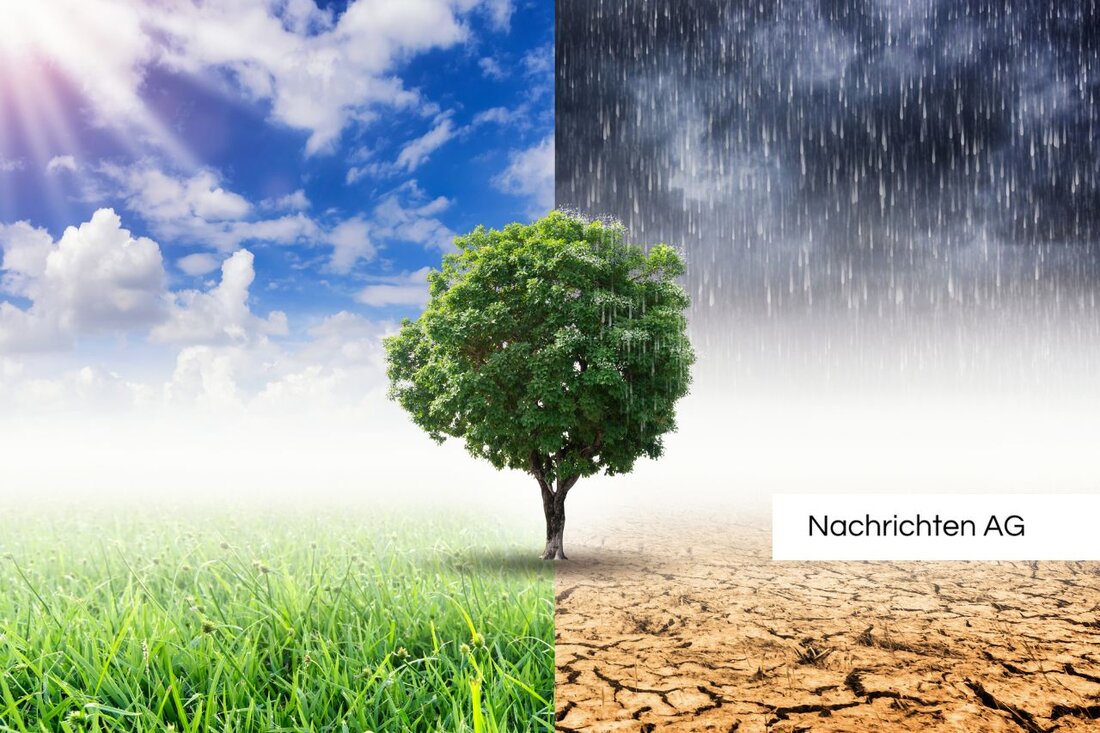Vienna: Green paradise despite worrying decline in the areas!

Vienna: Green paradise despite worrying decline in the areas!
The city of Vienna surprises with positive news for nature lovers and environmental fans! A current study finds that Vienna is one of the greenest cities in the world. This resulted in a comparison of the vegetation in the street space of 190 cities. According to the study, published in the specialist magazine "Environmental Research: Infrastructure and Sustainability", Vienna has an impressive "Green View Index" from 22 and only ranks behind Budapest and Pretoria. The lead author of the study, Giacomo Falchetta from the International Institute for Applied System Analysis (IIASA) in Laxenburg, underlines the importance of green spaces for the quality of life in the city. Nevertheless, there are also worrying news: the green proportion of the streets worldwide takes away, which could have alarming consequences in the context of climate change.
What makes Vienna so special? The city not only offers a high quality of life, but also a variety of green areas that essentially contribute to alleviating the consequences of the global temperature rise. These areas are important to bind CO2, donate cooling air and, last but not least, the mental health of the residents: to promote inside. When you look at the developments of recent years, it becomes clear how important sustainable urban design is. Studies show that the frequency and duration of heat periods increase due to climate change, which presents cities with great challenges.
Green solutions for the heat
A special focus is on the so -called Urban Heat Island (UHI) effect, which leads to higher temperatures in densely built -up, sealed areas. This not only leads to an increased sense of heat among the residents: inside, but also has a negative effect on flora and fauna as well as the water and soil balance. In order to address these challenges, the use of green-blue infrastructure is recommended. This helps to mitigate the loads for the cities and at the same time increase the quality of life. Recommendations for action to implement such measures are already in progress.
In addition to the current study, it is important to keep an eye on global trends. An example of this is the situation in Guangzhou, China, where the climate changes drastically due to an increase in hot days and the Uhi effect. Such developments make it clear that it is essential for cities worldwide to invest in one's own green infrastructure in order not only to increase the quality of life of the citizens: but also to minimize the consequences of climate change.
Vienna shows how a good knack for the city green can lead to a sustainable urban habitat. However, it remains to be seen how the city will deal with the challenges that climate change brings with it - because there is still a lot of work ahead of us. The balance between urbanization and nature conservation is crucial. In addition to World Cup events and representative studies, the commitment to green projects remains central to the future of Vienna.
| Details | |
|---|---|
| Ort | Wien, Österreich |
| Quellen | |
